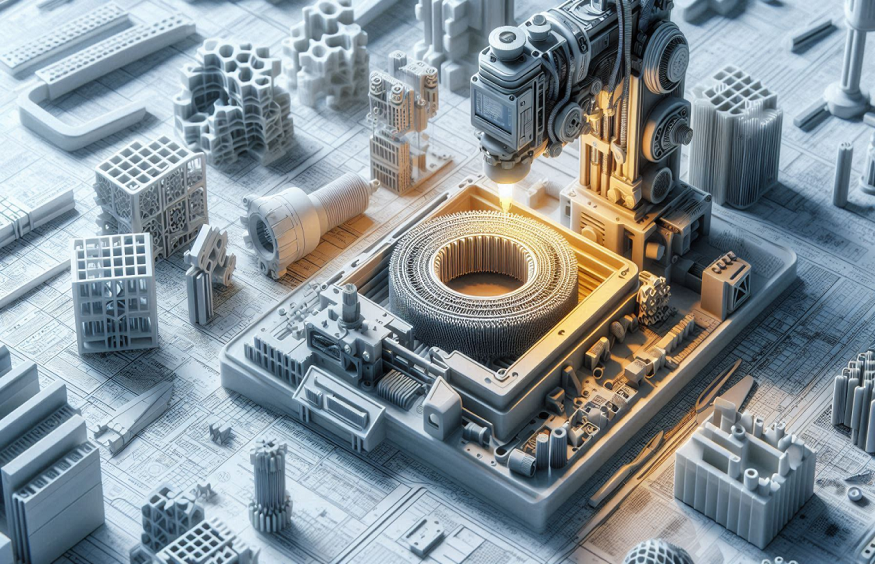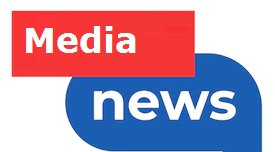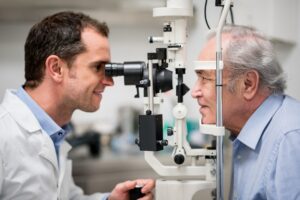
How 3D Printing Makes Urban Planning Easier and More Efficient
Urban planning is a complex process that requires careful consideration of numerous factors, including infrastructure, design, zoning, and environmental impact. Traditional methods of urban planning often involve a significant amount of time and resources, and despite advances in technology, many challenges persist. However, with the introduction of 3D printing, the landscape of urban planning has begun to change. This innovative technology offers solutions that streamline the planning process, improve accuracy, and facilitate collaboration. In this blog, we’ll explore how 3D printing for urban planning is making projects easier and more efficient for architects, engineers, and planners.
1. Improved Visualization and Design Accuracy
One of the most significant advantages of 3D printing in urban planning is the ability to create highly detailed, accurate models of planned projects. Architects and urban planners can now produce physical models of buildings, streets, parks, and entire neighborhoods with unprecedented precision. These 3D models offer a tangible representation of how a design will look in real life, making it easier for stakeholders to visualize and understand complex plans.
With 3D printing, designers can see the actual scale, proportions, and spatial relationships of their projects, which is often difficult to grasp with traditional blueprints or 2D models. This helps to reduce errors during the planning phase and ensures that all components of the project fit together as intended. Furthermore, any necessary adjustments can be made more quickly and easily, improving the overall efficiency of the design process.
2. Faster Prototyping and Iteration
In traditional urban planning, changes to designs often require time-consuming revisions, which can delay the project timeline. However, with 3D printing, rapid prototyping becomes a reality. Urban planners can now test different design iterations by printing small-scale models in a matter of hours. This allows them to evaluate different concepts, test alternative approaches, and compare how different elements interact within the same space.
The ability to quickly generate multiple prototypes and make iterative changes speeds up the entire planning process. This faster iteration cycle is invaluable, particularly for large urban projects where minor design changes can have significant implications. By using 3D printing, urban planners and designers can make informed decisions without waiting for weeks or months to see how changes affect the overall project.
3. Enhanced Collaboration and Communication
Urban planning projects often involve collaboration between multiple stakeholders, including architects, city officials, engineers, environmentalists, and the community. With 3D-printed models, communication between these groups is vastly improved. Rather than relying on static, 2D plans or digital representations, which can sometimes be difficult to interpret, a physical 3D model allows everyone involved in the project to get a clear, hands-on understanding of the design.
3D models also make it easier for planners to engage with the public and gather community input. For instance, a public consultation meeting could feature a detailed 3D print of a proposed development, giving residents and local businesses a better sense of how the project will impact their neighborhood. This improved communication fosters a more inclusive decision-making process, ensuring that diverse perspectives are considered.
4. Cost Savings and Resource Efficiency
While 3D printing may require an upfront investment in equipment and materials, it can ultimately save money in the long run. Traditional methods of model-making often involve the use of expensive materials and labor-intensive processes. In contrast, 3D printing allows for more efficient use of resources, as it can produce highly detailed models with less material waste.
Additionally, the ability to quickly modify and adjust designs can reduce costly mistakes later in the planning and construction phases. As urban planners can identify design flaws early in the process, they can make changes before construction begins, saving money on potential rework. Moreover, 3D printing gears can lower the costs associated with producing multiple iterations of a design, as the process is both faster and more cost-effective than traditional model-making.
5. Sustainability and Environmental Impact
Sustainability is a growing concern in urban planning, and 3D printing can contribute to more eco-friendly practices. The technology allows for the use of sustainable materials, such as biodegradable plastics or recycled content, reducing the environmental footprint of urban development projects. Additionally, 3D printing can minimize waste by using precise amounts of material to create models, whereas traditional methods may produce significant waste during the model-making process.
By embracing 3D printing, urban planners can incorporate environmentally responsible design principles into their projects from the outset. For example, 3D-printed models of buildings and streets can help planners assess the environmental impact of their designs, allowing them to optimize energy efficiency, water management, and green spaces before construction begins.
6. Streamlined Project Approval and Permitting
Gaining approval for urban planning projects often involves a lengthy process of permits and regulatory reviews. 3D printing can help streamline this process by providing a clear, accurate representation of the proposed project. When city officials and regulatory bodies can see a 3D model of the design, they are better equipped to make informed decisions about zoning, infrastructure, and safety requirements.
With the aid of 3D models, urban planners can expedite the approval process by addressing concerns and making revisions quickly. The ability to visualize how a project will fit into the surrounding environment can help avoid delays and improve the chances of gaining timely approval.
7. Public Engagement and Transparency
Urban planning often involves significant changes to communities, and engaging with the public is a critical aspect of ensuring project success. 3D-printed models can be used in public forums, exhibitions, and open houses to help local residents better understand the proposed project. These tangible models allow the community to see how their neighborhood will evolve, increasing transparency and trust in the planning process.
Public engagement becomes more interactive and accessible when 3D models are incorporated, as individuals can physically interact with the model and offer more informed feedback. This can result in better community support and smoother implementation of urban projects.
3D printing model making is revolutionizing urban planning by offering a faster, more efficient, and cost-effective way to design and execute complex projects. From improving design accuracy to facilitating collaboration and reducing environmental impact, 3D printing enhances every stage of the urban planning process. As cities continue to grow and evolve, embracing this technology will be essential for creating sustainable, efficient, and livable urban spaces. By making urban planning easier and more accessible, 3D printing is helping shape the future of our cities in innovative ways.


